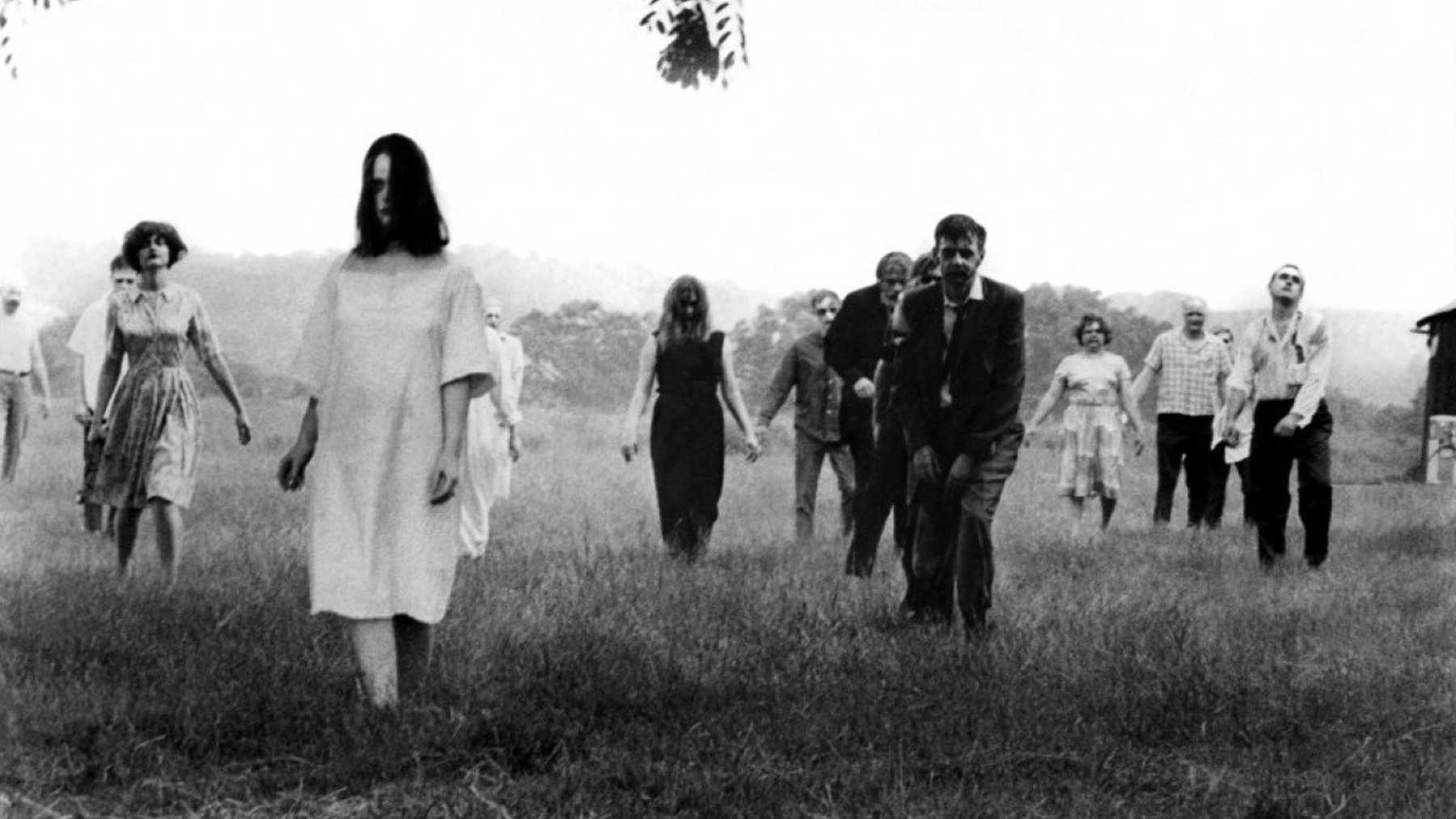
Hellraiser (1987) is an unusual film, and an unusual franchise. Like Halloween, Friday the 13th, Alien, and Nightmare on Elm Street, it is a franchise with many sequels–and should soon have a 21st century remake and an HBO series–and thus has earned an established legacy in the horror genre (and pop culture) that can’t be ignored. Yet the franchise is also unlike these other popular franchises of its era in a variety of ways. Here are some of my observations about ways the original film operates differently:
- the antagonist of the film is unclear and various. If you’ve never seen it before, you might have expected Pinhead to be the antagonist, simply from cultural allusions to the film. The cenobites are scary-looking, and certainly not benevolent, but they’re also articulate and composed, and most of their victims have sought out the pain they inflict. Both Julia and Frank are more villainous.
- the gender dynamics are more fluid here. Frank may be the one who kills, but Julia is equally complicit in the murders. The cenobites also include a female-coded character. The boyfriend is nowhere to be found for most of the film, and survives the attack. The father to whom Kirsty runs for protection initially is perhaps the weakest character in the film.
- Kirsty is technically a Final Girl, but she doesn’t always fit the archetype as it has been constructed thus far. Consider the characteristics she shares with previous Final Girls, as well as the ones that mark her as different. Trecansky does a lot of comparative work between Kirsty and other Final Girls in “Final Girls and Terrible Youth.”
- the line between ordinary reality and nightmare reality is blurred in this film, even more so than in Nightmare on Elm Street. Hell infuses these spaces because Hell is liminal. A memorable scene in this regard is the hospital room in which Kirsty wakes, with the flowers blooming on the televison. Another is the cricket-eater demon at the pet shop. The house itself exists on a border of sorts.
- the primary “disturbances” of the film are body horror and concept, rather than suspense; the practical effects in this film are extraordinarily meticulous and artistically ambitious, and the camera lingers on the gore.
- relatedly, as Sparks notes in his article for this week, it is “splatterpunk,” in that it is aesthetically stylized for maximum “excess.” The gratuitous imagery here, both of gore and sexuality (in the sadomasochistic sense), is employed to create a “limit experience” that challenges mainstream norms and values (even more so than the typical horror film). The proposed “sadomasochism” of the typical horror viewer is pushed to extremes. In this sense, the film is perhaps the most transgressive one we’ve viewed.
I’ll stop there with my own observations, and let you continue thinking of other ways the franchise distinguishes itself from its slasher-franchise predecessors. I would also like for you to consider my final point about transgression in particular. What is the rhetorical function of this transgressive space curated for us, this spectacular playground of eroticism, pain, and death? In what ways are we “invited” to participate in it? How do you feel as a viewer during the most “gratuitous” scenes?

